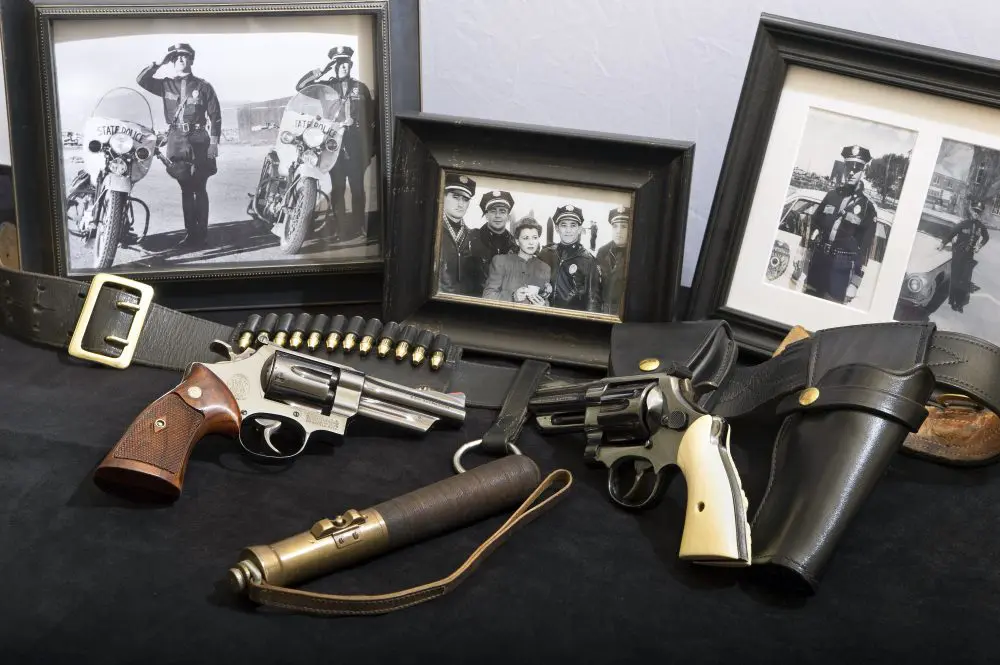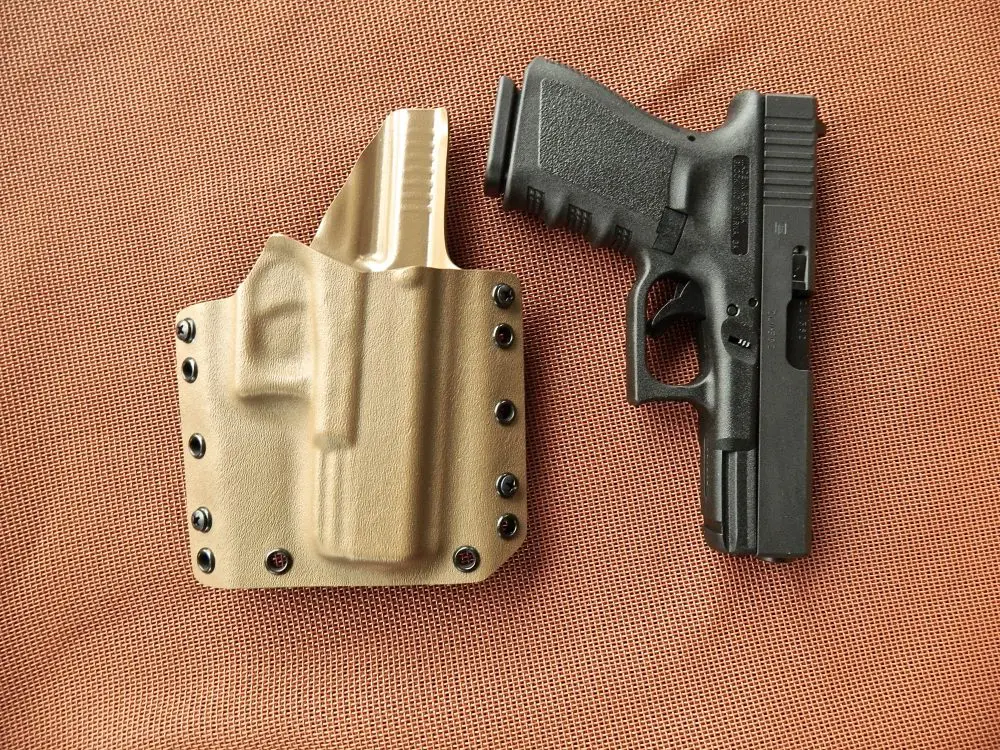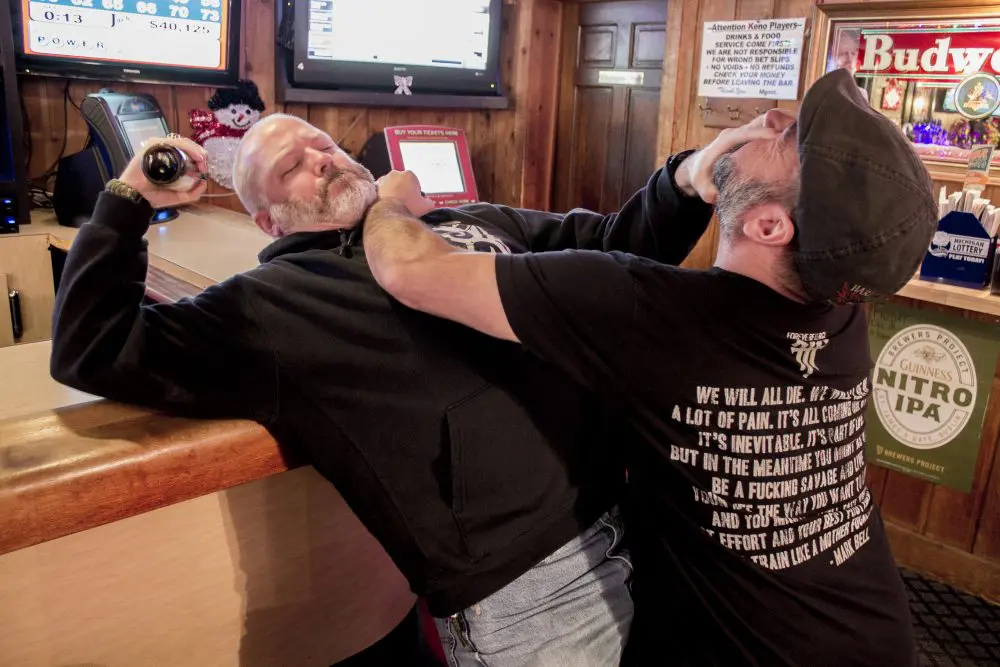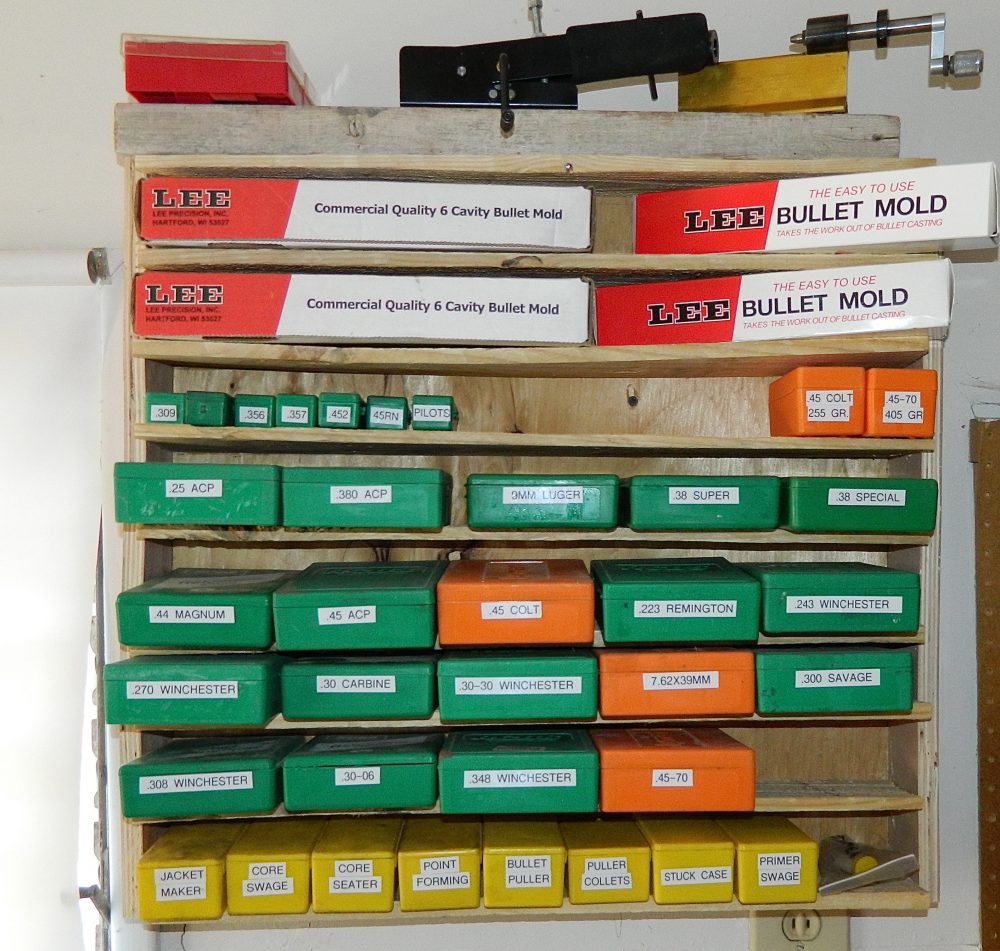Ray Charles had it right when he sang, “Night time is the right time…”
Unfortunately, outside the world of rhythm and blues music, nighttime is indeed the right time: the time for trouble, assault and a significant portion of man’s inhumanity to man.
The topic for this month’s column came to me yesterday evening while I was sitting on an overnight stakeout. As boredom settled like a wet blanket, I began mentally reviewing various possible scenarios in case the bad guys actually showed up. Though I didn’t anticipate facing any weapons that evening, I also ran over the long list of possible lethal-force problems that might be encountered during the next couple of hours.
While bored and pondering, I was reminded that those who perform evil love the natural camouflage offered by darkness. In fact, I was doing the same in reverse. Intrigued by this minor irony, I decided it was the right time to remind regular readers that they need to keep their head up and radar running when the sun goes down.
The first lesson, the one we harp upon every single month, is that our old friend Situational Awareness remains the key to surviving dangerous nighttime confrontations. Even on a dark and stormy night, troublemakers are rarely so well camouflaged that they can’t be seen by the potential victim. Even if the bad guy is hidden, your staying alert allows at least a split-second warning when danger comes charging from the shadows.
There are many more places to check for danger at night than during the day. When simply getting into your car, you must check the darkened backseat, watch the area around the car, look into the shadows around other vehicles, assess alleyways, stare at the shrubbery and defend against attack from doorways. In other words, nearly the entire world should be considered a red zone after the sun has sunk below the horizon.
It is important to carry a personal lighting source any time you might encounter problems at night. Unfortunately, there are still too many folks who go around armed with all sorts of gee-whiz weaponry yet don’t carry a simple flashlight. In our current state of lighting technology overkill, there is no excuse for this.
Remember that low-light situations also happen during daylight hours. While the sun may be blinding outside, most buildings have areas that are darker than midnight. A pet peeve of Yours Truly is police officers who enter buildings without taking along a flashlight. As bad guys tend to hide in closets, under beds and in basements, a flashlight should be considered a vital piece of survival equipment.
Don’t forget that you can frequently add light to a situation very easily. For example, we often searched a local theater by flashlight during regular burglary alarms until somebody had the bright idea (pun intended) to turn on the house lights. We still had to check the dozens of rows of seats, but turning on the lights took away 10,000 good hiding spots. Never get so focused on the tactical aspects of a situation that you forget something as simple yet helpful as turning on the room lights.
We would also like to add yet another reminder that weapon-mounted lights are mandatory on long guns. The flashlight on my home defense shotgun is now worth nearly a billion dollars after it revealed a supposed prowler outside my home last year was actually my son looking for the dog.
Always use light to your advantage. The reason police officers turn on spotlights, high beams and other illumination when approaching a vehicle at night is because a dazzling wall of white light can be tremendously effective concealment.
When dealing with people at night, I will at least once “accidentally” shine my flashlight in their eyes (rude, I know). This obviously won’t stop bullets, but a bad guy will have a tougher time aiming effectively if there is a bright orange orb temporarily burned onto their retina. You can do the same thing if dealing with someone who appears to be intent on trouble.
Another common nighttime mistake is allowing yourself to become backlit. While it is certainly impressive to see Dirty Harry silhouetted by a single bright klieg light, in real life such actions only make you an outstanding target. Never forget this when moving from a relatively well-lit area to a darker area, because at some point you too will be a dramatic silhouette, perfect for target practice.
Flashlight or not, there are times when you need to use the old Mark I eyeball at night, and there are several tried and true techniques that can help. The first is the use of off-center vision.
It seems counterintuitive, but due to the construction of our eyes, they actually work better at night when looking at something about 10-15 degrees off-center. For instance, if you are trying to identify someone’s face, shift your focus to his or her shoulder. It is a bit disconcerting at first, but you will find that details become much clearer. Obviously, this doesn’t much help when shooting a firearm; however, it works surprisingly well otherwise.
Another low-light tip: never stare at objects. When you stare, the light-sensitive chemicals inside the retina quickly become exhausted if you focus on one spot for too long. Everyone has experienced this phenomenon of an object appearing to dance or float in the dark as you look intently at it.
Finally, we need to remember that there is no substitute for low-light training. However, due to work schedules, family commitments and other problems such as firing range noise concerns, we don’t spend enough time training in the darkness. There is not much you can do about these impediments except find a way to work around them.
Then, after arriving home late and reeking of adrenaline from a hard training session, you can remind your significant other that nighttime is indeed the right time to take part in a little grappling practice.
No need to thank me.





